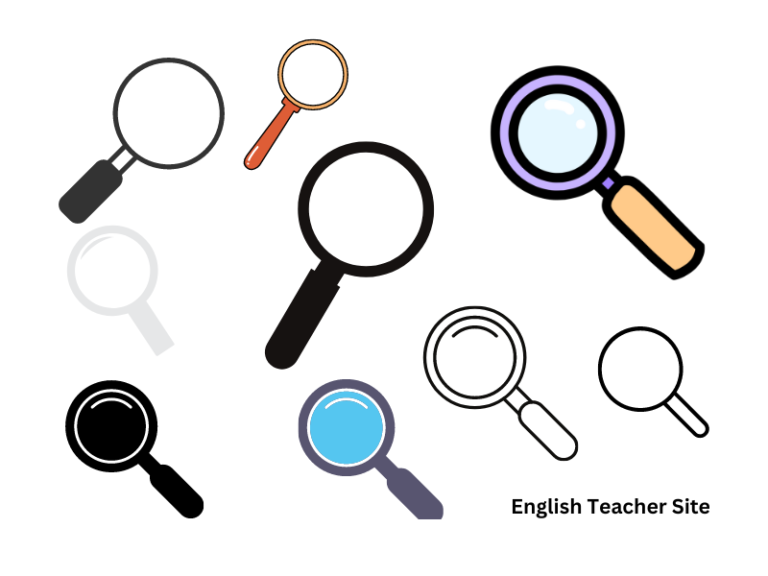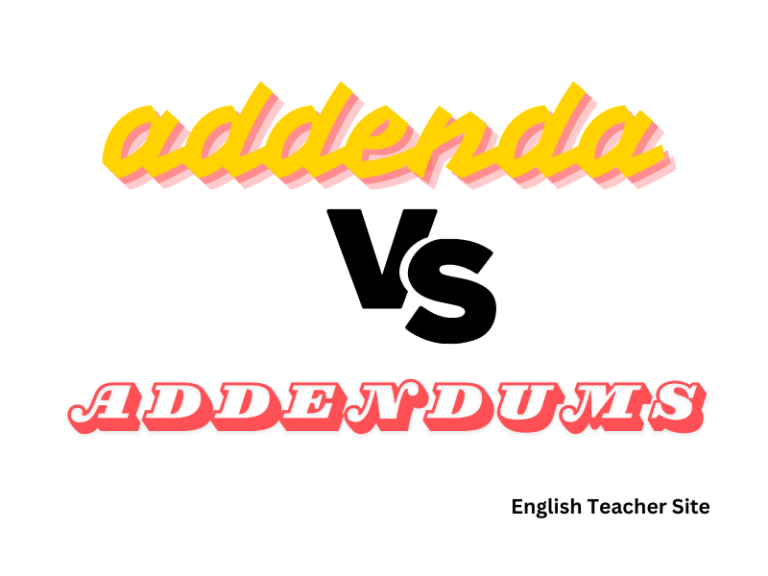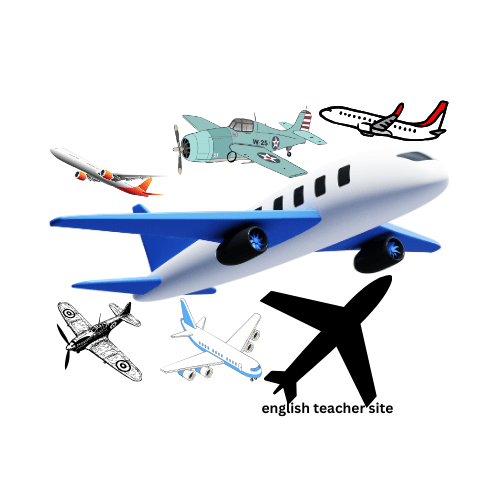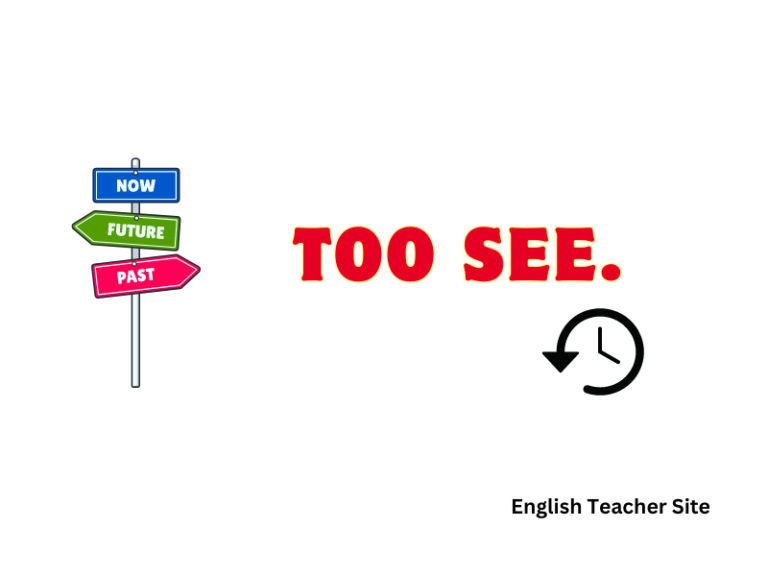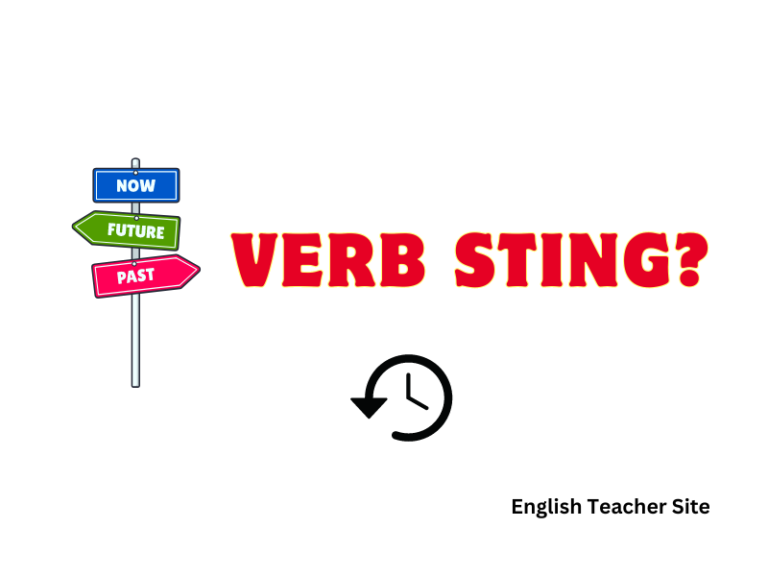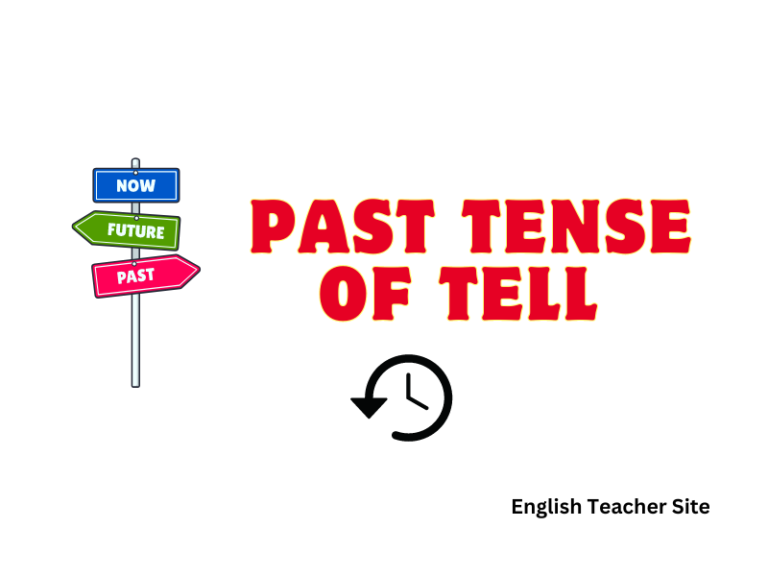What’s the Plural of Analysis: Understanding the Correct Form
The transformation from singular to plural with words ending in -sis, such as “analysis,” follows a specific pattern in English. “Analyses” is the plural form of “analysis,” which can cause a mix-up because of its close spelling and pronunciation to the singular. Knowing when to use each form is crucial for conveying accurate information, particularly…

